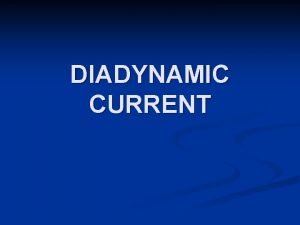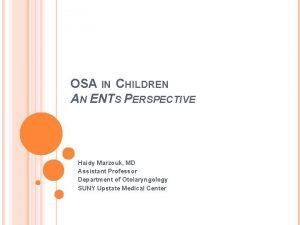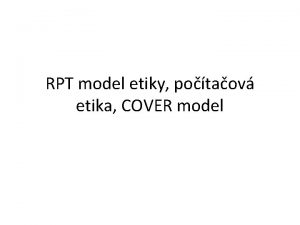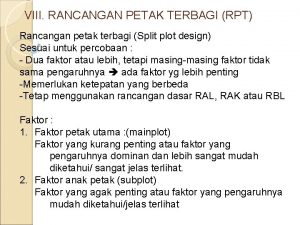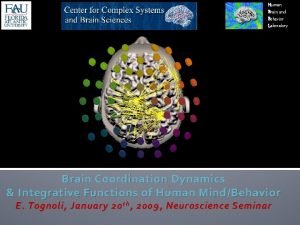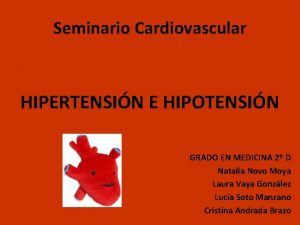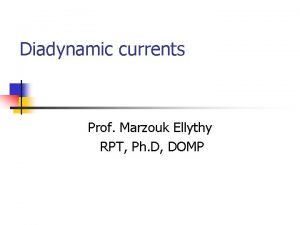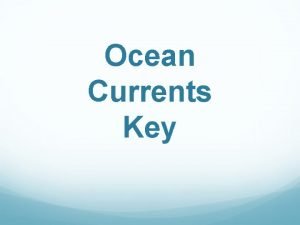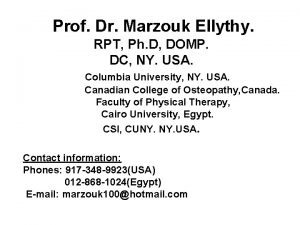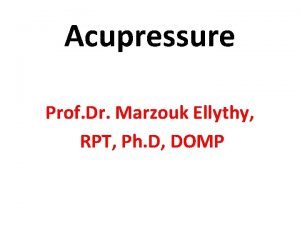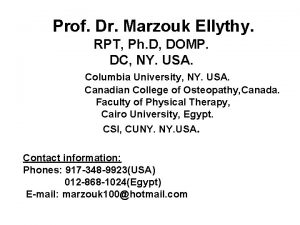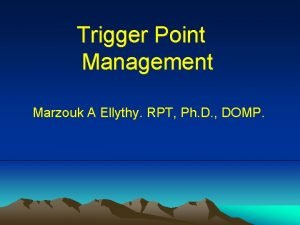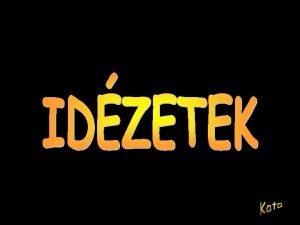Diadynamic currents Prof Marzouk Ellythy RPT Ph D












- Slides: 12

Diadynamic currents Prof. Marzouk Ellythy RPT, Ph. D, DOMP

Objectives 1. Define Diadynamic currents. 2. Differntiate between different types. 3. Understand the physiological effects. 4. Enumerate indication & contraindication. 5. Mentioned methods of application. 6. Apply current parameter.

Diadynamic currents *Definition: Diadynamic currents are mixed currents, which use effects of the concurrent application of galvanic and faraday, or other impulse-like currents.

Diadynamic currents Cont. ’ *Types: 1. DF: full wave rectified AC. , 100 Hz, initial Tx. , circulatory disorders, prickling sensation muscle contraction @high intensities 2. MF: ½ wave rectified AC. 50 Hz Tx of pain without muscle spasm, Strong penetrating vibration sensation, muscle contraction @lower intensities than DF.

Diadynamic currents Cont. ’ Types: 3. CP: equal phases of DF&MF Tx of traumatic pain 4. LP: 10 sec. of MF + 5 sec. DF long lasting analgesic effect, Tx of myalgia. & neuralgia (with CP) 5. RS: 1 sec. of MF+ 1 sec. rest phase. muscle stimulation, test excitability of the nerve.


Diadynamic currents Cont. ’ Therapeutic effects: Relief of pain& edema. Physiological effects: 1. Masking: Alter excitability, ↑threshold 2. Vasomotor: VD + hyperemia 3. Muscle stimulation: masking of pain.

Diadynamic currents Cont. ’ Indications: 1. Soft tissue injury: sprains, contusion 2. Joint disorders: post-immobilize, arthritis 3. Circulatory disorder: PVD, migraine 4. Peripheral nerve disorders: neuralgia, neuritis

Diadynamic currents Cont. ’ Contraindication: 1. Cardio-stimulator, 2. Tumors, 3. Sensitivity disorders, 4. Metal implants within current lines, 5. Pregnancy, 6. Eczema and 7. Bleeding condition

Diadynamic currents Cont. ’ Methods of application: 1. Pain spot. 2. Nerve trunk 3. Nerve root (Para vertebral application) 4. Vasotropic 5. myo-energitic 6. transregional

Diadynamic currents Cont. ’ Current parameters: *Intensity: ↑slowly till prickling / vibration, no burning pain, no tetanic cont. *Duration: 10 -12 min. , or 3 min. Single application. *Frequency: 6 -7 session. Daily / other day

Quiz#3 6. What are the waves of DD & effects of each wave?
